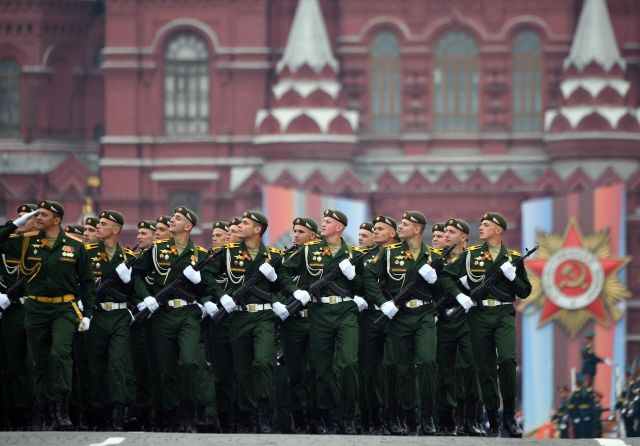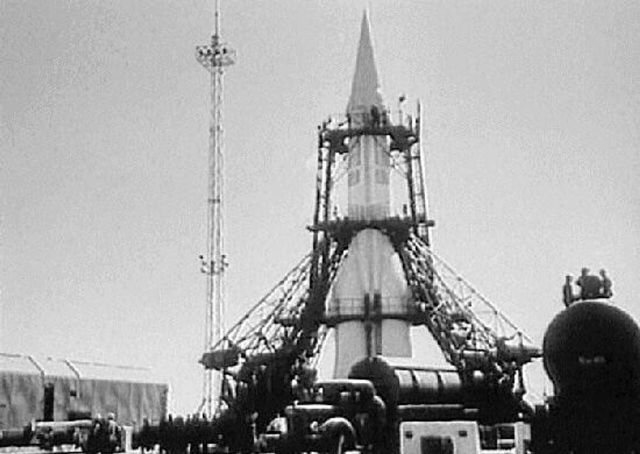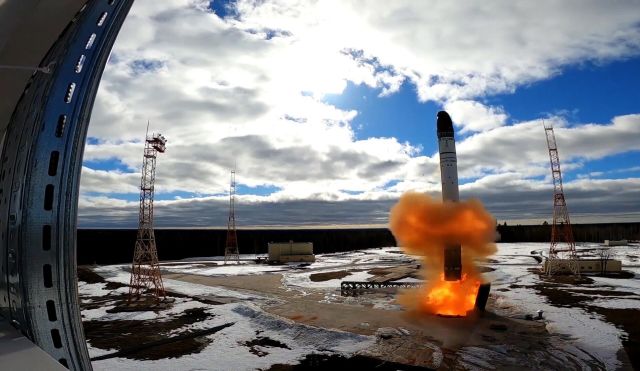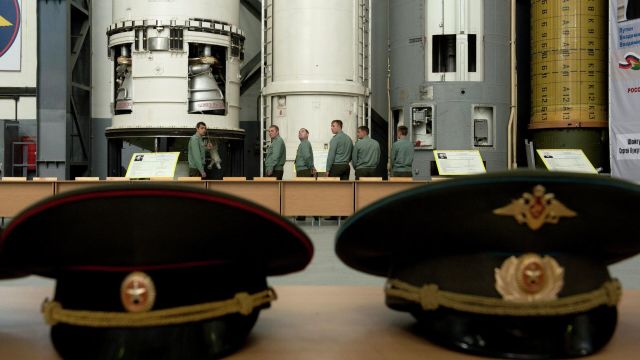The Day of Strategic Missile Forces or the Day of the Strategic Missile Forces is celebrated in Russia on December 17. When the holiday appeared, you will learn from the material of radio Sputnik.RVSN Day
A professional holiday for those who ensure the combat readiness of intercontinental ballistic missiles with nuclear warheads, as well as those who served in such troops in the past.
History
Homeland Nuclear Shield Day is a legacy of the nineties. The date appeared in 1995 thanks to the decree of Boris Yeltsin. Before that, rocket scientists officially celebrated their professional holiday on November 19 as the Day of Rocket Troops and Artillery. And unofficially – since the 60s of the last century, just on December 17.

Cadets of the Military Academy of Strategic Missile Forces named after Peter the Great at the military parade on Red Square dedicated to the 74th anniversary of Victory in the Great Patriotic War Image source: © RIA Novosti / Alexander Wilf
Traditions
Traditionally, on this day there are constructions, awards, honoring veterans, a solemn reception in the Kremlin.
About strategic missile forces
On December seventeenth, 1959, the resolutions of the Presidium of the Central Committee of the CPSU and the Council of Ministers of the USSR on the establishment of the post of Commander-in-Chief of the missile forces were adopted. In fact, a new type of troops was organizationally isolated, and the Supreme Commander-in-Chief had a unified management structure for strategic nuclear missile weapons.
At that time, rocket scientists were already testing the first Soviet intercontinental ballistic missile R-7, created by Sergei Korolev. It was in service for only three years, but thanks to it, the Soviet Union began to conquer outer space. By the start of the R-7, it was necessary to prepare for several hours in an open area, so this weapon was not very suitable for the role of a nuclear shield. But the subsequent Soviet nuclear missiles will already be created with the possibility of mine-based, which should increase their chances of acting as a tool of retaliation in the event of the enemy's first strike.

The first launch of the intercontinental ballistic two-stage rocket R-7 Image Source: CC BY 4.0 / Russian Ministry of Defense /
At one time, the USSR acted as a catch-up in the nuclear race with the United States, but in the mid-1970s parity was achieved. However, the accumulation of warheads and their means of delivery continued. By 1991, the Soviet Union had about 10,000 warheads, most of which were under the jurisdiction of the Strategic Missile Forces.
After the collapse of the USSR, only Russia had nuclear forces in the post-Soviet space. In the mid-1990s, the Russian Federation had almost 2,500 missiles and more than 10,000 warheads.
Currently, the RVSN consists of 12 missile formations – four with mine installations, the rest with automobile ones.
To date, the Strategic Missile Forces are gradually removing Soviet complexes from duty and switching to new "Yars" (a nuclear deterrent missile, in fact, a modification of the "Topol–M", capable of carrying up to four maneuvering combat units) and hypersonic "Vanguards" (hitting objects with kinetic energy). Sarmat complexes are also on the way, capable of overcoming the most modern missile defense systems and carrying up to 15 warheads. The start of the delivery of these weapons to the troops was planned before the end of 2022, such intercontinental ballistic missiles should eventually replace the most powerful Voevoda complexes in the world today.

Launch of a stationary intercontinental ballistic missile "Sarmat" from the Plesetsk cosmodrome Image source: © RIA Novosti / Press Service of the Ministry of Defense of the Russian Federation
Interesting facts
The first ballistic missile in the USSR, the R-1, with a flight range of 270 kilometers, was designed on the basis of the German V-2.
To inflict "guaranteed unacceptable damage" to the enemy with the death of millions of people, the delivery of 10 warheads is enough.
To combat enemy saboteurs, the RVSN has special security and intelligence units.
The RVSN has its own patron saint – Saint Barbara of Iliopolis, who is considered a defender against sudden violent death.

